Not many people have heard of the Inca Quarry Trail. Unlike some of the more popular Inca Trail Alternatives, limited companies sell this hike.
So what are the differences between the Inca Quarry Trail Vs the Inca Trail?
Both hikes offer beautiful scenery and pass by ancient Incan ruins.
The Inca Trail is famous for a reason, however, there are definite benefits to taking the trail less traveled.
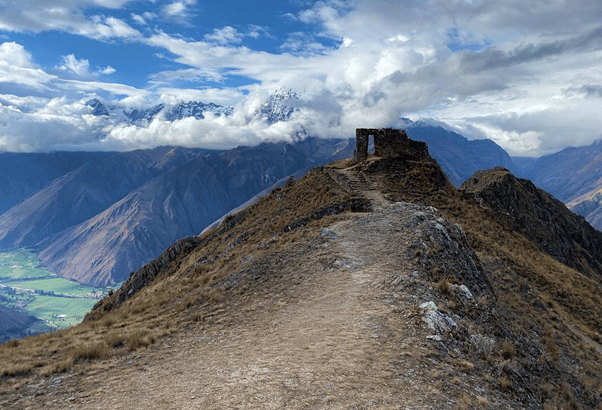
Inca Quarry Trail Vs Inca Trail FAQs
At first, this might seem like a daunting choice. But don't despair, there are plenty of pros and cons to the Inca Quarry Trail and the classic Inca Trail.
What is The Inca Quarry Trail?
The Inca Quarry Trail is a 4-day hike to Machu Picchu. The trail gets its name from the Kachiqata Quarry. The site was used by Incan Stone Masons as a source of stone for making tools.
The massive stone blocks from Kachiqata were used to build Ollantaytambo and other nearby sites. Hikers will get to visit the quarry and learn about Incan masonry on the 3rd day of the trail.
As with other multi-day hikes in the area, most tours start at Cusco. Only three days of the Inca quarry trail are spent hiking. The fourth day of the tour is the visit to Machu Picchu. If you have already visited Machu Picchu, you can skip the fourth day and return to Cusco on day 3.
You may also like...
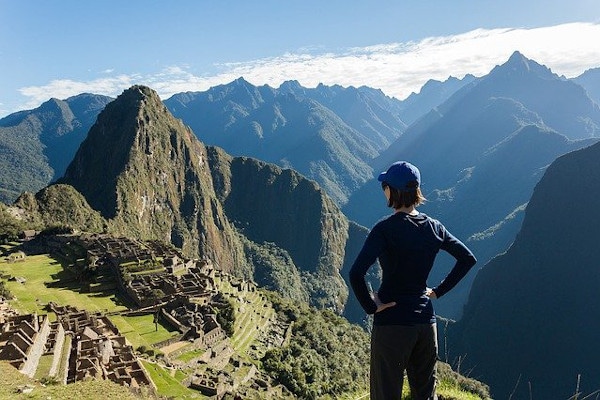
Get a Machu Picchu trek quote
Start planning your Machu Picchu hiking holiday.
What Are The Main Differences Between The Inca Quarry Trail And The Inca Trail?
The main differences between the Inca Quarry Trail and the Inca Trail come down to several important factors: distances, geography, hiking difficulty and restrictions, archeological sites and overall costs.
Let's look at these main differences in greater detail.
Routes and Difficulty
The classic 4-day Inca Trail is longer than the Inca Quarry Trail. The Inca Trail is 45km (28 miles) over 5 days while the Inca Quarry Trail is 28km (16 miles) over 3 days.
The classic Inca Trail starts from KM 82 and ends at Machu Picchu. The Inca Quarry Trail also begins close to Ollyantambo, usually at the village of Soqma. The Inca Quarry trail ends back at Ollantaytambo. From here, you are transported to Hydroelectric and Aguas Calientes.
On the Inca Trail, you will walk through remote areas. Hikers walk through a diversity of habitats including the Andean cloud forest.
The Inca Quarry Trail is entirely through the Andean Highlands. The trail passes through rural communities including Soqma on the first day. You can expect rocky peaks, granite boulders, and agricultural settlements.
On both trails, you get stunning viewpoints of valleys and snowy peaks.
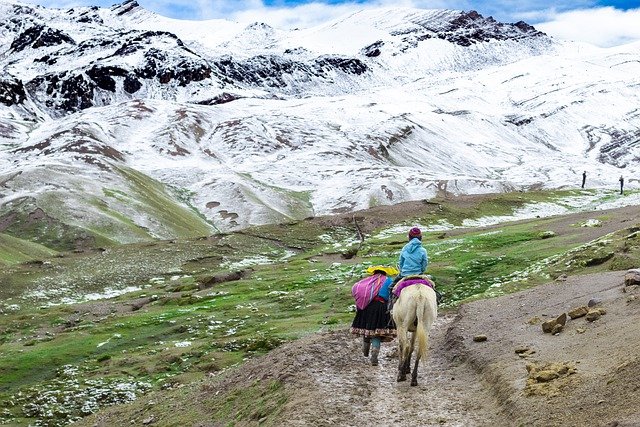
Maximum Altitude
The Inca Quarry trail has slightly higher points than elevations on the Inca Trail. On day two of the Inca Quarry Trail, there are two high summits. These two passes are Puccaqasa (4370m/14 340ft) and Kuychicacassa (4450m/14600ft).
The Kuychicacassa pass is about 230m higher than Dead Woman’s pass on the Inca Trail (4215m/13828ft).
Costs And Availability
The Inca Trail is notoriously difficult to book. Only 200 tourist permits for the Inca Trail are issued per day and these sell out up to a year in advance. If you do manage to book a spot, you can expect to pay between $600-$1500 per person.
The Inca Quarry Trail is one of the lesser-known trails in the area. No permit is required for this hike. This makes it easy to arrive in Cusco and arrange a trail within days.
Companies book the Inca Quarry Trail as infrequently as once a month! This means you are almost guaranteed a private hike. Prices start at $500 per person (with a minimum of 2 people).
You may also like...
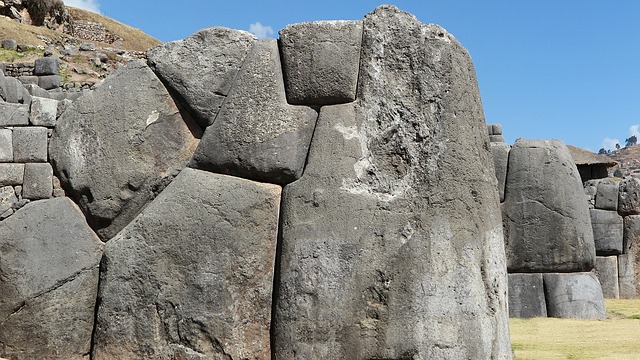
Accommodation and Facilities
For both trails, you will be camping along the route. Expect simple tents which can be shared by two people.
Campsites are heavily regulated on the Inca Trail. You will set up a tent alongside hundreds of hikers from various tour groups. The plus side to these organized camps is that there are bathroom facilities with (cold) showers available to hikers (read more about Inca trail camps).
On the Inca Quarry trek, you will spend the first two nights camping. The third night is in a basic hotel in Aguas Calientes. Campsites are not regulated on this trail. Your group's tents will likely be the only ones in sight. If you camp near local houses, you may be able to pay homeowners to use the bathroom or take a shower.
Where to stay? Here are 5 of my favourite accommodation options in Cusco:
- Sonesta Hotel (great 4 star hotel)
- Antigua Casona San Blas
- El Mariscal Cusco (very good value)
- Hotel Paradis (good 3 star hotel)
- Quechua Hostal Recoleta (cheap and cheerful)
See more Cusco accommodation options.
Porters
Horses and mules are not allowed on the Inca Trail. Most Inca Trail tour operators give you the option of hiring a local porter or carrying your own bag.
On the Inca Quarry trail, there are horses to take bags. You will be given a tog bag and allowed to pack up to 5kg to go on the saddle. Don’t worry, you will not have to lead a horse along the trail. Expert horsemen come as part of the team. Depending on local availability, you may be able to pay extra for a ride over tough sections.
A Side By Side Comparison Of The Inca Quarry Trail Vs Inca Trail
Inca Quarry Trail | Inca Trail | |
|---|---|---|
Distance | ±17 miles (28km) | ±25 miles (41km) |
Total Days | 3 hiking, 1-day visit to Machu Picchu | 4 days hiking |
Average Per Day | 5-6 miles (8-10km) | 7 miles (11km) |
Route | Andean Highland past rural villages and Incan quarry | Single pathway through uninhabited land |
Highest Pass | Kuychicacassa pass (4450m/ 14600ft) | Dead Woman’s Pass (4212m/ 13820ft) |
Starting Point | Soqma | Km 82, Piscacucho |
End Point | Ollantaytambo | Sun Gate at Machu Picchu |
Closed Months | No | February |
Permit | No | Yes |
Highlights and Negatives of The Inca Quarry Trail
Highlights of the Inca Quarry Trail
Despite (and because of) its obscurity, the Inca Quarry Trail has a lot going for it. Not least of all the beautiful Andean mountain landscapes and Mount Veronica. Look out for condors and even pass by a waterfall on the route.
In terms of people on the trail, there is almost no comparison. The Inca Trail is Latin America's most popular hike. 500 people, including guides and porters, embark on this trail each day.
The quarry trail feels more exclusive. There is a good chance that local farmers are the only other humans you will meet along the way.
A key highlight of the Inca Quarry Trail is seeing three unique archeological sites. You will visit the storerooms of Q’orimarca and the ‘other’ Sun Gate which looks out over Mount Veronica. Most notably, you can take a tour of the Kachiqata quarry.
Kachiqata quarry is a unique opportunity to learn about how the Incas extracted and carved stone. This site is incomplete as the Incas were intercepted here by the Spanish. Your guide may even show you skulls of stone masons that remain in the nearby caves.
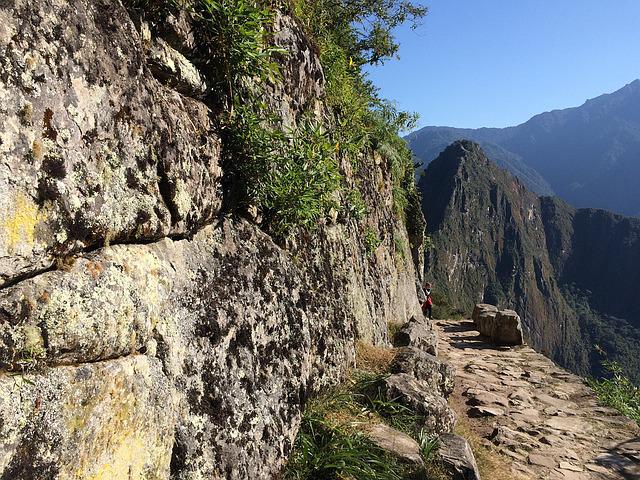
Negatives of the Inca Quarry Trail
The main negative of the Inca Quarry Trail vs the Inca Trail is that the quarry trail does not end directly at Machu Picchu. On day 3 of the Inca quarry tour, you will be collected and transported to Aguas Calientes. On day 4, you will still have the opportunity to visit the famous ruins.
Another thing you miss out on on the Inca Quarry Trail is the diversity of landscapes. The classic Inca Trail passes through cloud forests as well as Andean mountain scapes. On the Quarry Trail, you do not get to see tropical jungle or forest habitats.

Get a Machu Picchu trek quote
Start planning your Machu Picchu hiking holiday.
Should you hike The Inca Quarry Trail instead of the Classic Inca Trail?
Do you want bragging rights to one of the world’s most famous trails? Can you plan well in advance? The Inca Trail should be your first choice. This route goes through more remote areas. It is highly rated for its many archeological ruins and new surroundings every day.
The Inca Quarry Trail is for those who want a more exclusive hiking experience and aren’t set on entering through Machu Picchu’s Sun gate. Those who select the quarry trail will be rewarded with wide-open mountain scenery. Visit a ‘secret’ sun gate and discover the authentic Andes countryside.
Either way, it’s a win-win situation.
